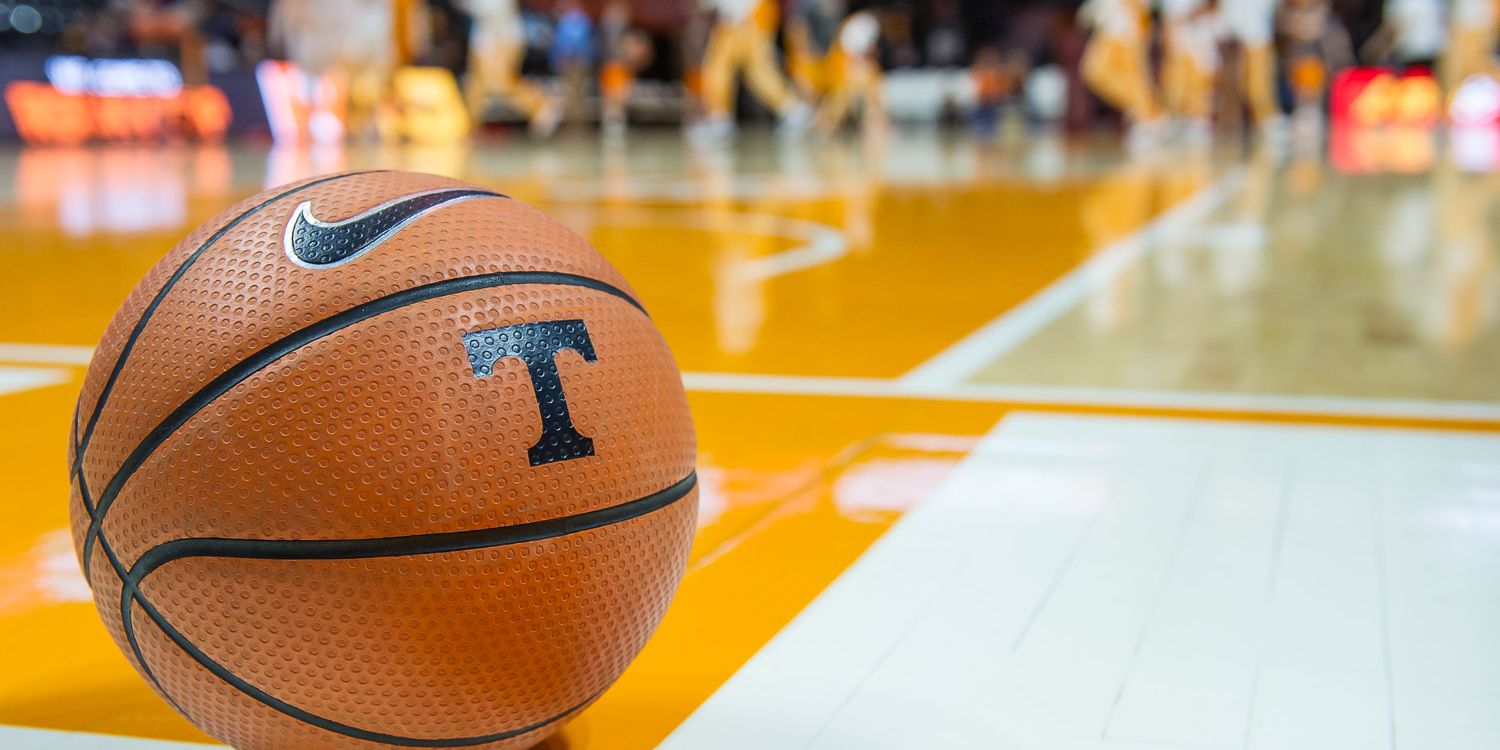SEC play hits the halfway point this week, with LSU a stubborn 8-0 to lead the way. This is where I’d like to joke about their strength of schedule – currently 13th in league play and only one match-up against both Auburn and Kentucky the whole year – but guess who’s 14th?
That will change in a hurry for Tennessee, who catches both Auburn and Kentucky twice in the last ten games as well as four other Quad 1 opportunities. The Vols’ 4-4 start to league play and current three-game skid looks even more challenging in the light of what’s to come. But in conference play, Tennessee’s hodgepodge lineup is actually doing a handful of important things really well. They’re just also doing a handful of important things worse than anyone else in the league.
Mississippi State’s second half dominance knocked the Vols from atop the SEC defensive perch, but Tennessee is still second in Ken Pomeroy’s defensive efficiency ratings behind South Carolina. The Vols are first in the SEC in effective field goal percentage allowed and first in defending inside the arc, thanks in large part to being first in shot-blocking. And teams are shooting just 28.2% against the Vols from the arc in league play, fifth-best in the SEC.
It’s all the makings of a really good defense, except for one thing: the Vols are dead last in offensive rebounding percentage allowed. And it’s not close: in SEC play, the Vols surrender the rebound on 36.1% of opponent misses. Coincidentally, Texas A&M is 13th at 33%.
The Vols allowed the rebound on 57.5% of A&M’s misses, thankfully by far the worst number of the season. But the Vols haven’t been good at keeping opponents off the glass in league play: Missouri got 28.2% of their rebounds, and every other opponent was over 30%.
Tennessee’s defense has been really good in every other facet, but has become so bad at allowing second chances that it’s negating much of their good work. On the other end of the floor in league play, the Vols are third in effective field goal percentage, third in shooting percentage inside the arc, fourth in three-point shooting (33%), and fourth at the free throw line (77.4%). Those are really solid splits, and when combined with a really good defense, Tennessee should be winning fairly often.
But here’s the problem: shooting 77.4% at the line matters less when you can’t get there. Tennessee is last in the SEC in free throw rate, getting to the line on just 30.4% of their field goal attempts. Ole Miss is 13th at 33.3%. And the Vols are last in the SEC in turnover percentage, giving the ball away on 20.9% of their possessions (Georgia is right behind at 20.7%).
When the Vols don’t turn it over, they shoot it well (still almost exclusively a byproduct of good ball movement, as Tennessee is third nationally in assist rate). But they don’t help themselves by getting to the line, and giving the ball away one out of five times down the floor tends to prevent any real runs from developing.
Meanwhile, Tennessee’s first shot defense is really good, especially inside the arc. But they keep giving teams second shots, which tends to break everything down.
Maybe all of this gets filed away for next year if this team continues to struggle this way. But it’s strange to see Tennessee be so good at some of the core components of good basketball, but struggle so much at some of the others.

